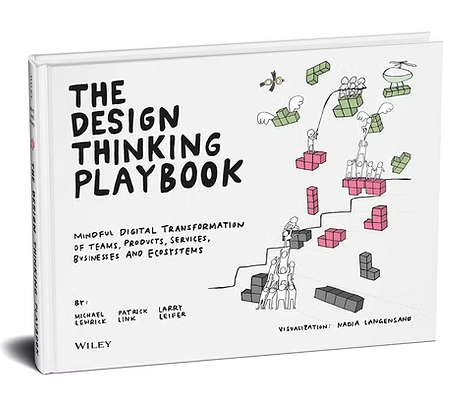Design Thinking in Developing Tax Function Operating Model
Tax legislation exerts a significant influence on businesses and nations globally. The tax compliance environment is increasingly complex, characterized by a multifaceted system with numerous layers, touchpoints, and interfaces. This complexity presents various practical and theoretical challenges in righting companies through the tax compliance systems. To address these challenges and manage the ever-growing intricacies of tax legal requirements, tax leaders must adopt innovative approaches in designing the tax function operating models.
The Changing Tax Landscape
The external environment is evolving at an unprecedented pace, with frequent and simultaneous changes in tax legislations. This dynamic landscape necessitates a scientific approach to address the increasing demand for proper data management and for efficient sourcing of tax compliance processes. Tax experts are continually seeking solutions to navigate these complexities effectively.
Design Thinking: A Solution-Oriented Approach
Design Thinking offers a powerful methodology for creating new operating models or enhancing existing ones within the tax function. This approach, which emphasizes empathy, creativity, and iterative problem-solving, is particularly suited to the dynamic nature of the tax function. The Design Thinking process consists of several phases: 1) Prepare 2) Build and 3) Test.
1. Prepare
Understand: In this initial phase, tax experts gather comprehensive information about the current tax environment, including existing processes, pain points, and stakeholder needs. This deep understanding forms the foundation for subsequent steps.
Observe: Tax professionals observe and engage with stakeholders to gain insights into their experiences and challenges. This observational phase helps uncover hidden issues and areas for improvement that might not be immediately apparent.
2. Build
Ideate: In this creative phase, tax experts brainstorm a wide range of potential solutions to the defined problem. The goal is to generate diverse ideas without immediate concern for feasibility, fostering innovative thinking.
Analize: Selected ideas are transformed into tangible prototypes or scenario analyses. These scenario analyses serve as experimental models that can be tested and refined, allowing tax professionals to explore the practical implications of their ideas.
3. Test:
Test: Prototypes or scenarios are tested with stakeholders to gather feedback and assess their effectiveness. This phase involves iterative testing and refinement to ensure that the solutions meet the needs and expectations of all parties involved.
Reflect: Finally, tax leaders reflect on the process and outcomes, identifying lessons learned and areas for further improvement. This phase ensures continuous learning, improvement and adaptation.
Applying Design Thinking for Tax Function Operating Model Innovation
By systematically applying the Design Thinking process, tax function leaders can redefine their operating models to better address the complexities of modern tax compliance environment. This approach encourages a holistic view of the tax function, integrating stakeholder perspectives and fostering innovative solutions. In practice, the iterative nature of Design Thinking ensures that tax operating models remain adaptable and responsive to changing regulatory environments. Regularly cycling through the phases allows tax leaders to refine their strategies continually, resulting in more efficient and effective compliance processes. Figure 1 illustrates the continuous development process.
Figure 1
The continuous development process.
Closing Thoughts
Design Thinking provides a structured yet flexible framework for tackling the challenges of designing the tax function operating models in a complex and dynamic environment. By leveraging this approach, tax leaders can develop innovative solutions that enhance tax compliance management systems, improve efficiency, and meet the evolving demands of the tax legislation environment. Embracing Design Thinking not only addresses current challenges but also positions tax functions to navigate future complexities with agility and creativity.







